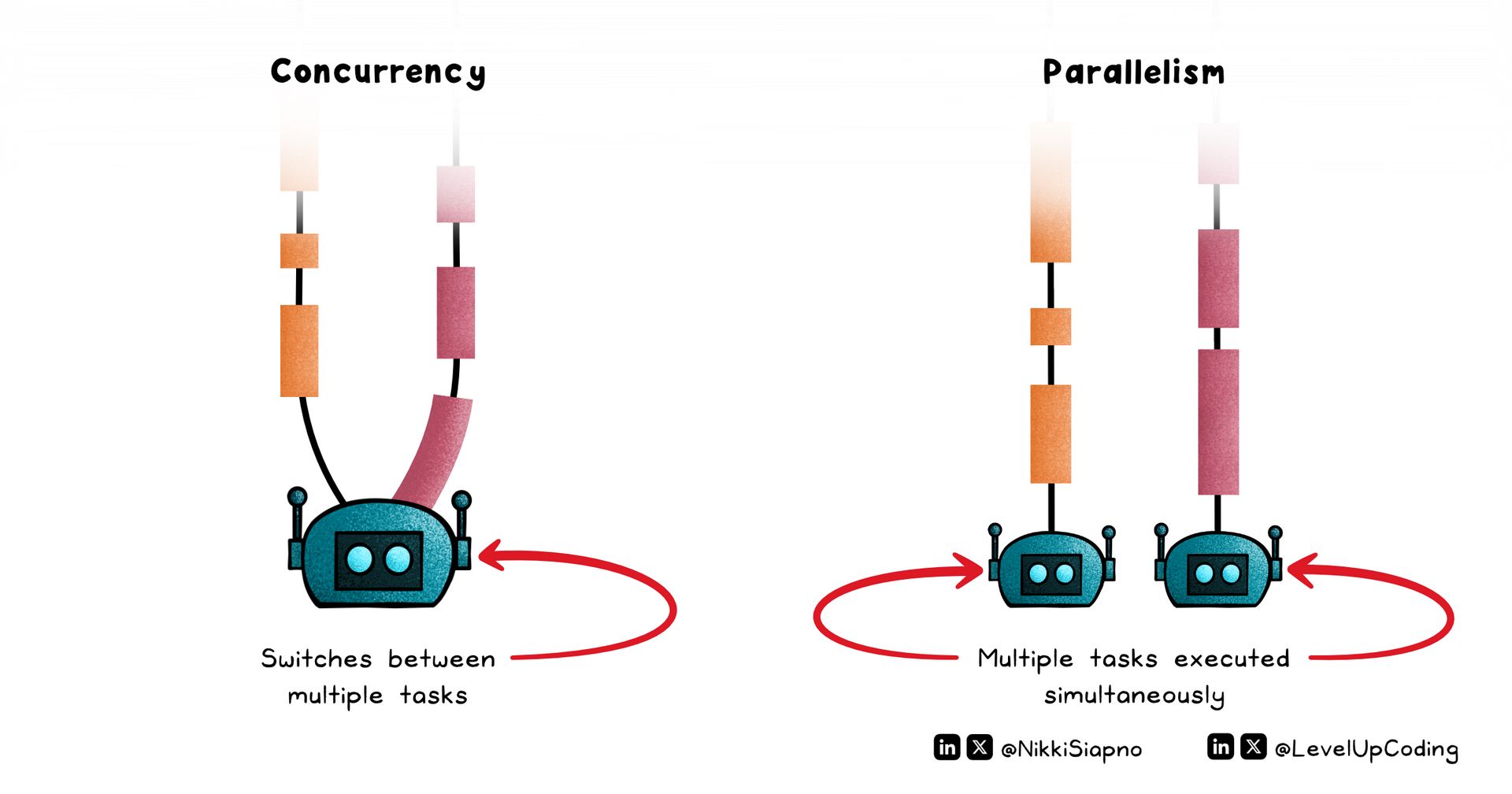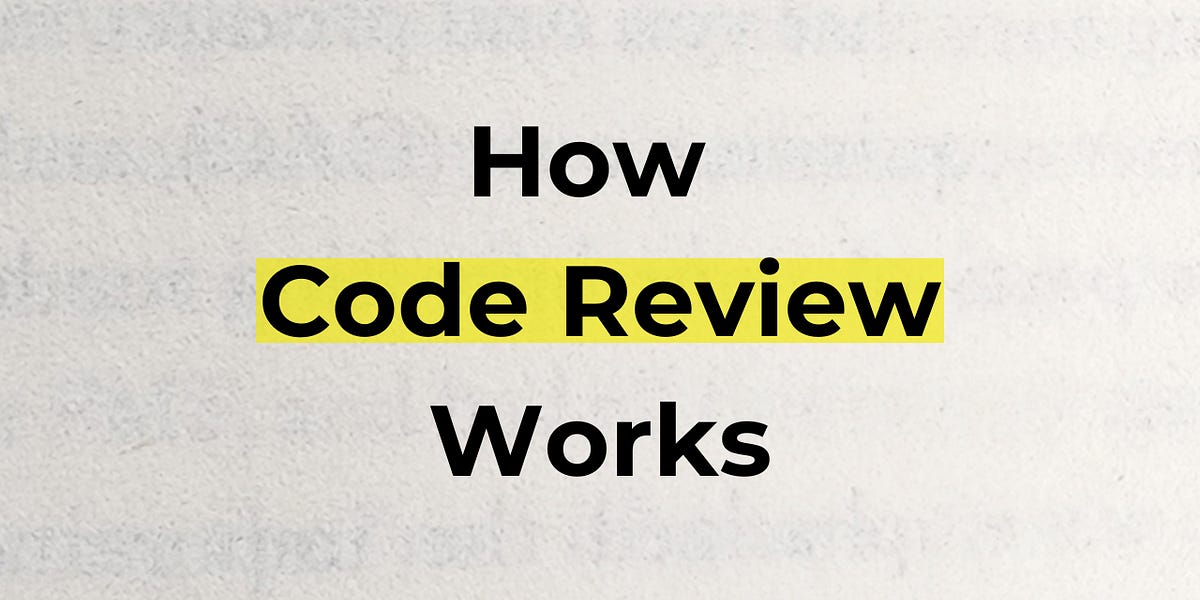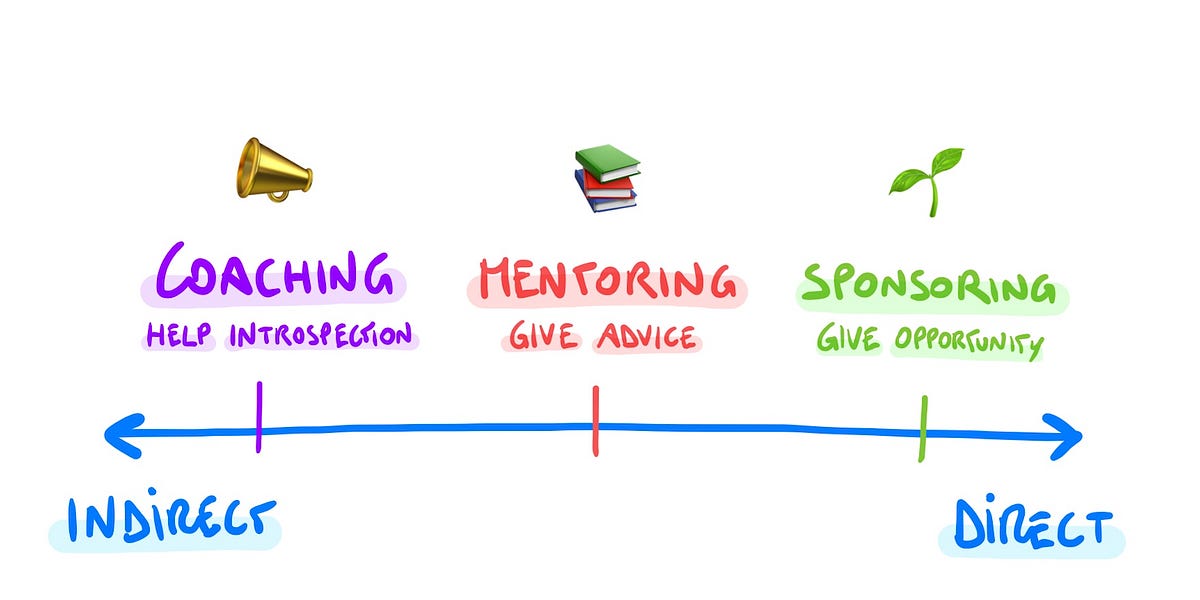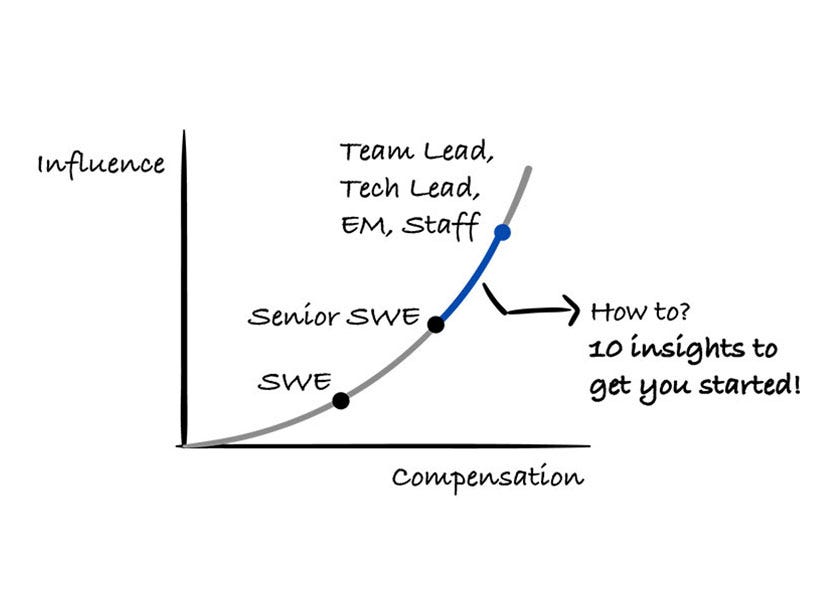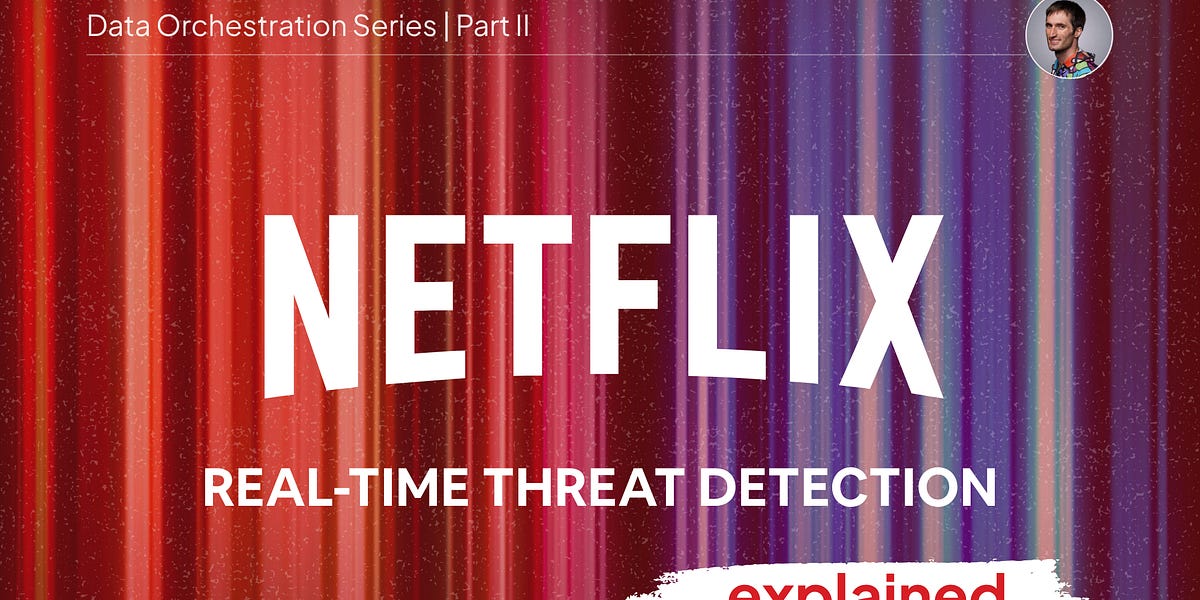Today’s issue of Hungry Minds is brought to you by:

Happy Monday! ☀️
Welcome to the 578 new hungry minds who have joined us since last Monday!
If you aren't subscribed yet, join smart, curious, and hungry folks by subscribing here.
Since I joined the NA continent 1 month ago, I’ll be publishing the Hungry Minds digests at a bit friendlier times right now for NA as well :)

📚 Software Engineering Articles
Learn the critical difference in concurrency vs parallelism
How Netflix scales threat detection without streaming architecture
Comprehensive system design guide for technical interviews
Tracking down memory regression across hundreds of Go pods
The challenges of React hooks migration at scale
🗞️ Tech and AI Trends
Cursor's Bugbot launches automated code review capabilities
Revolutionary blood test detects cancer years before diagnosis
GPT-5 announcement coming next month from OpenAI
👨🏻💻 Coding Tip
Go's select statement with timeout channels ensures robust concurrent operations
Time-to-digest: 5 minutes
Big thanks to our partners for keeping this newsletter free.
If you have a second, clicking the ad below helps us a ton—and who knows, you might find something you love. 💚
Augment Code's powerful AI coding agent meets professional software developers exactly where they are, delivering production-grade capabilities and deep context into even the gnarliest codebases.
Index and navigate millions of lines of code, get instant answers about any part of your codebase, and build with the AI agent that gets you, your team, and your code.

Grab's Integrity Data Platform team took on the challenge of rewriting a high-traffic Go microservice in Rust. The service, processing tens of thousands of QPS, was chosen for its simple functionality yet significant infrastructure footprint. The results? A 70% reduction in infrastructure costs while maintaining similar performance levels.
The challenge: Rewrite a production-grade Go service in Rust while maintaining performance, dealing with async complexities, and ensuring the team could effectively maintain the codebase despite Rust's steep learning curve.
Implementation highlights:
Strategic service selection: Chose Counter Service for its simple functionality but high impact potential
Fresh perspective approach: Rebuilt from scratch rather than line-by-line translation to ensure idiomatic Rust
Ecosystem validation: Carefully evaluated OSS library support and created custom solutions where needed
Async optimization: Addressed performance bottlenecks by properly handling blocking vs non-blocking operations
Parser development: Built custom config parser using nom to replace Go-specific internal libraries
Results and learnings:
Resource efficiency: 80% reduction in compute resources (from 20 cores to 4.5 cores for same QPS)
Similar latency: P99 latency remained comparable to the Go version
Enhanced reliability: Eliminated common Go-related bugs through Rust's strict compile-time checks
The rewrite proves that Rust can deliver significant infrastructure savings without sacrificing performance. While async Rust has its learning curves, the investment pays off in both resource efficiency and code reliability.
Remember: just because your service is written in Go doesn't mean it can't use a little Rust-ic charm! 🦀

ESSENTIAL (AI’s “helping” hand)
Measuring The Impact Of AI On Software Engineering
ESSENTIAL (keep it simple, silly)
Building Systems, Simply
GITHUB REPO (big-brain-designs)
system-design-primer
GITHUB REPO (claude’s cheat sheet)
awesome-claude-code
ARTICLE (memory go brrr)
How we tracked down a Go 1.24 memory regression across hundreds of pods
ARTICLE (agents in timeout)
Why I'm Betting Against AI Agents in 2025 (Despite Building Them)
ARTICLE (3D party tricks)
Three.js Instances: Rendering Multiple Objects Simultaneously
ARTICLE (sleep is for the weak)
Work-Life Balance Slows Careers (E9 Engineer, ex-Meta)
ARTICLE (React’s marathon)
The world's longest React hooks migration
ARTICLE (Router’s glow-up)
React Router and React Server Components: The Path Forward
Want to reach 190,000+ engineers?
Let’s work together! Whether it’s your product, service, or event, we’d love to help you connect with this awesome community.

Brief: Manus shares six actionable lessons for optimizing AI agent performance, from KV-cache efficiency to error-driven adaptation, based on real-world experience scaling their agent framework.
Brief: Cursor’s Bugbot employs advanced AI models to catch real bugs and security issues in code reviews, helping 3,000+ teams ship higher-quality software with fewer errors.
Brief: A breakthrough blood test identifies cancer tumors early by analyzing circulating tumor DNA, offering a less invasive alternative to traditional screening methods.
Brief: Apple's long-rumored foldable iPhone may launch with two screen size options, potentially competing with Samsung's Galaxy Z Fold and Flip series.
Brief: OpenAI confirms GPT-5 is set for an August 2025 release, with enhanced coding, reasoning, and API-accessible mini-versions, as the U.S. accelerates efforts to outpace China in AI dominance.

This week’s coding challenge:
This week’s tip:
Use Go's select statement with default case and timeout channels for graceful concurrent operation handling. This pattern combines multiple channel operations with fallback behavior and time limits, essential for robust concurrent systems.
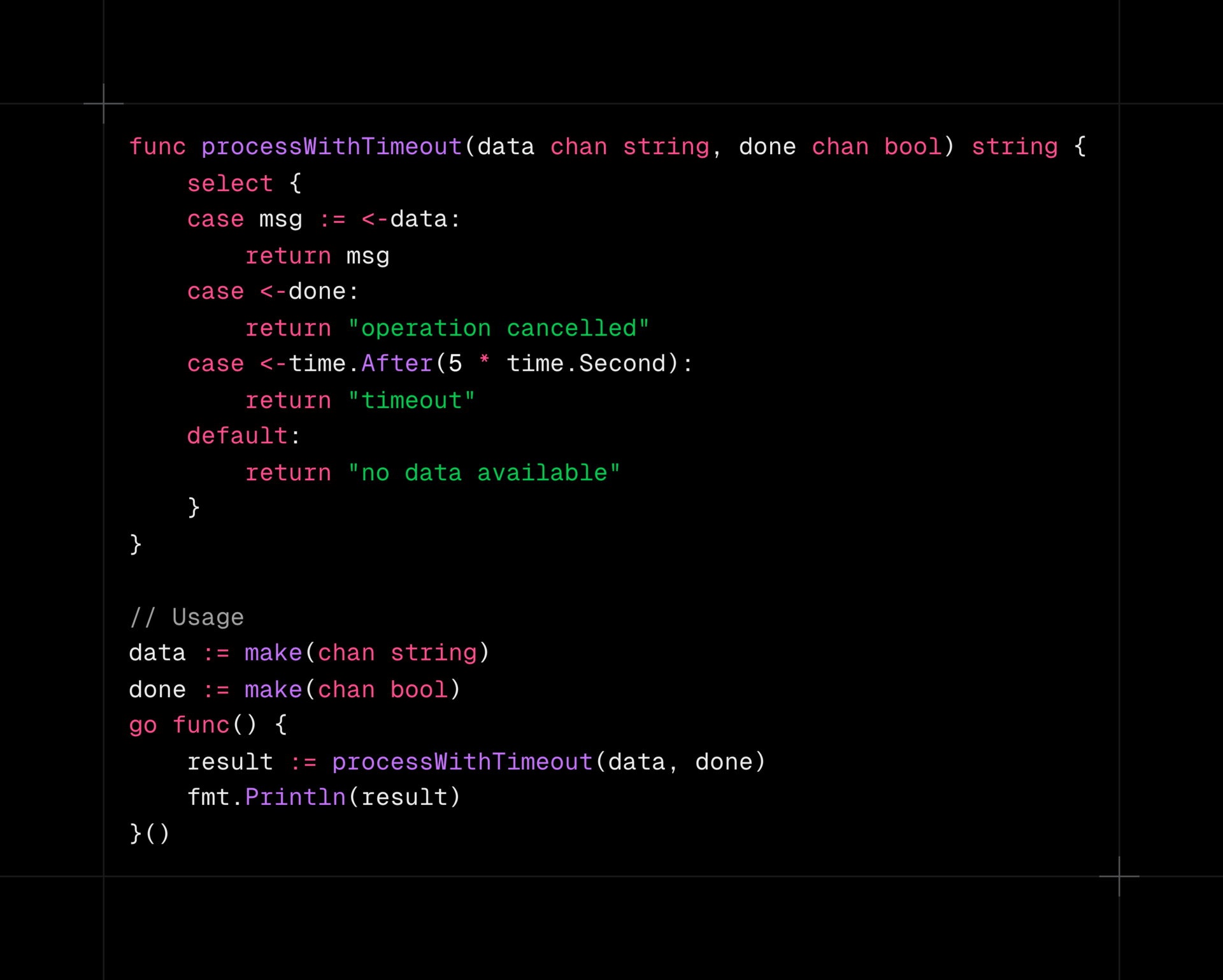
Wen?
Microservice communication: Handle API timeouts and cancellations gracefully in distributed systems.
Resource management: Implement clean shutdown procedures with timeout fallbacks.
Concurrent data processing: Manage multiple data streams with timeout and cancellation support.
“The joy of life comes from our encounters with new experiences.”
Christopher McCandless


That’s it for today! ☀️
Enjoyed this issue? Send it to your friends here to sign up, or share it on Twitter!
If you want to submit a section to the newsletter or tell us what you think about today’s issue, reply to this email or DM me on Twitter! 🐦
Thanks for spending part of your Monday morning with Hungry Minds.
See you in a week — Alex.
Icons by Icons8.
*I may earn a commission if you get a subscription through the links marked with “aff.” (at no extra cost to you).



